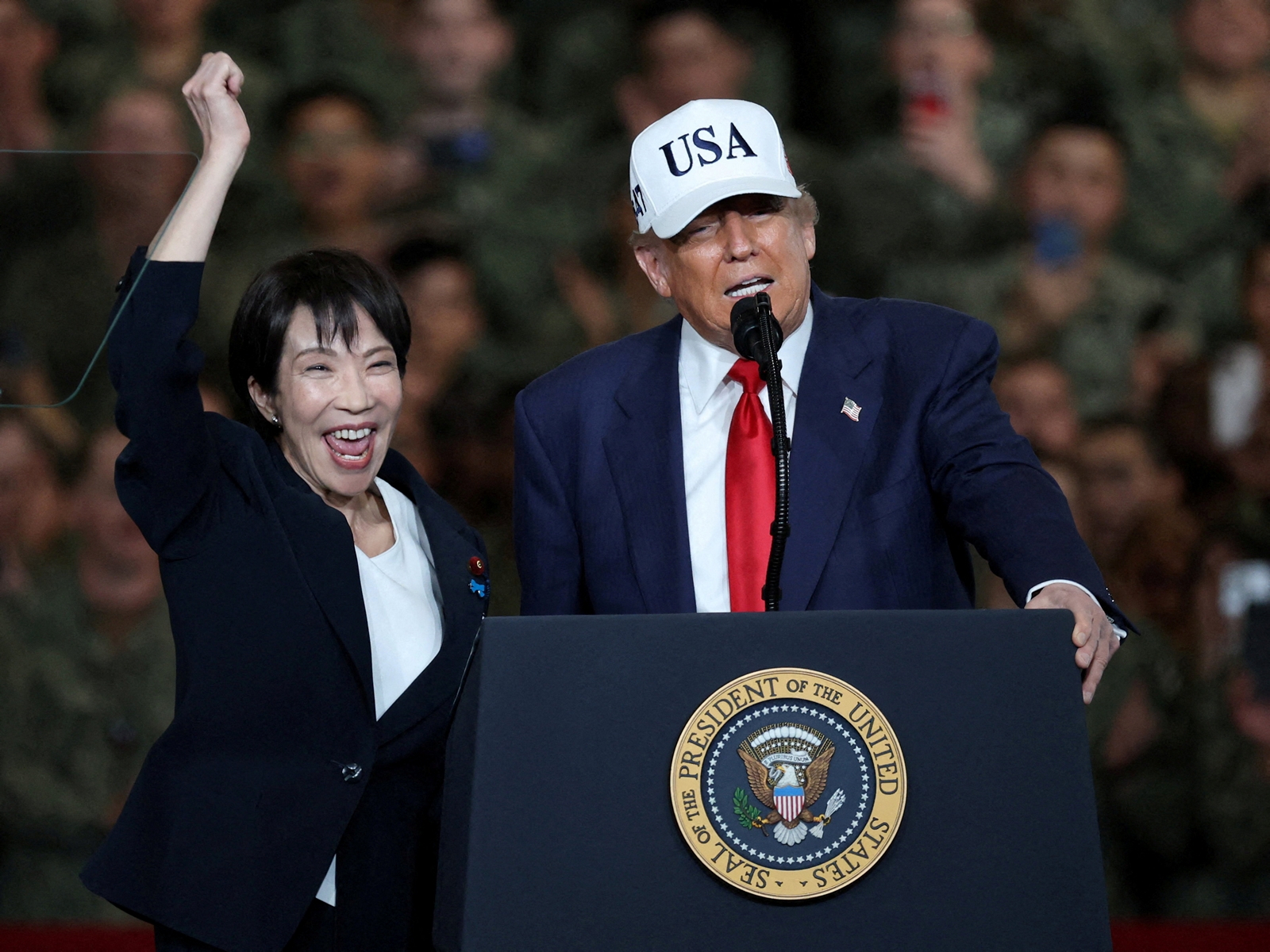European trio win chemistry Nobel for development of nano-machines

Yesterday it was a British trio. Today it is a trio of European scientists who have bagged the Nobel prize in chemistry for developing "nano-machines".
The winners are Dutchman Bernard Feringa, Sir Fraser Stoddart from Scotland, and France's Jean-Pierre Sauvage. The trio will split the 8 million Swedish Kronor prize three ways. The winners were announced by the Royal Swedish Academy of Sciences in Stockholm on 5 October.

"They developed the world's smallest machines," read the headline of a statement on the Nobel prize website. How small? According to the statement, the scientists won the award for "the design and synthesis of molecular machines".
Sauvage is at the University of Strasbourg, France, while Stoddart is at Northwestern University, Evanston, Illinois, USA and Feringa belongs to the University of Groningen, the Netherlands.
"I feel a bit like the Wright Brothers," Feringa said in a phone call to the Royal Swedish Academy of Sciences Wednesday, where the prize was announced. "People were saying, why do we need a flying machine? Now we have a Boeing 747 and an Airbus. That's a little bit how I feel. The opportunities are great."
Tiny tech
Medical micro-robots and materials that respond to external signals are being developed using the technology pioneered by the three.
As The Guardian explained it, "Together, the chemists designed some of the first controllable, nanometre-sized structures that can convert chemical energy into mechanical forces and motion. This allowed them to construct a host of molecular devices, including switches, motors, shuttles and even something resembling a molecular motorcar".
"Three laureates ... have opened this entire field of molecular machinery and shown us that you can make machine-like function at molecular level," said Olof Ramström, a member of Nobel chemistry committee.
How it happened
In 1983, Sauvage linked two rings together, creating a molecular chain, or "catenane". This was the first time ever that chemists manufactured molecules that can be manipulated this way.
Stoddard, meanwhile, reinvented the wheel on a "microscopic scale" by designing a "rotaxane," or a ring on an axel in 1991. "He created a ring of molecules that moved along an axle in a controlled manner when heat was added. This shuttle zipped back and forth between two sites, powered only by the collisions of the molecules around it. The machine was eventually used to build a "molecular abacus" that could store information," explained Sarah Kaplan in the Washington Post.
Feringa took these two advancements and built upon them. He was the first to design a molecular motor in 1999. He did this by making a motor blade continually spin in one direction.
More on nano-machines
Here's what the Nobel website had to say about the three:
"2016's Nobel Laureates in Chemistry have taken molecular systems out of equilibrium's stalemate and into energy-filled states in which their movements can be controlled. In terms of development, the molecular motor is at the same stage as the electric motor was in the 1830s, when scientists displayed various spinning cranks and wheels, unaware that they would lead to electric trains, washing machines, fans and food processors. Molecular machines will most likely be used in the development of things such as new materials, sensors and energy storage systems."
These particular advances have allowed the scientists to develop materials that will "reconfigure and adapt by themselves depending on their environment".
These nano-machines are not visible to the eye because they are only a few nanometres in length. "One-one-thousandth the width of a strand of human hair."
Last year, the prize was awarded to Tomas Lindahl, Paul L. Modrich and Aziz Sancar (also a trio) for discovering how cells repair their DNA as well as how they protect them from the sun's ultraviolet light, natural toxins and industrial pollutants.
On Monday and Tuesday, the Nobel prize in medicine and Nobel prize in physics were given out to Yoshinori Ohsumi (medicine) and David J. Thouless, F. Duncan M. Haldane and J. Michael Kosterlitz (physics).
The next Nobel prize, to be announced on Friday, 7 October, will be the Nobel peace prize. Right after that, on Monday, 12 October, will be the Nobel prize in Economics.
First published: 5 October 2016, 18:21 IST






![BJP's Kapil Mishra recreates Shankar Mahadevan’s ‘Breathless’ song to highlight Delhi pollution [WATCH] BJP's Kapil Mishra recreates Shankar Mahadevan’s ‘Breathless’ song to highlight Delhi pollution [WATCH]](https://images.catchnews.com/upload/2022/11/03/kapil-mishra_240884_300x172.png)

![Anupam Kher shares pictures of his toned body on 67th birthday [MUST SEE] Anupam Kher shares pictures of his toned body on 67th birthday [MUST SEE]](https://images.catchnews.com/upload/2022/03/07/Anupam_kher_231145_300x172.jpg)






